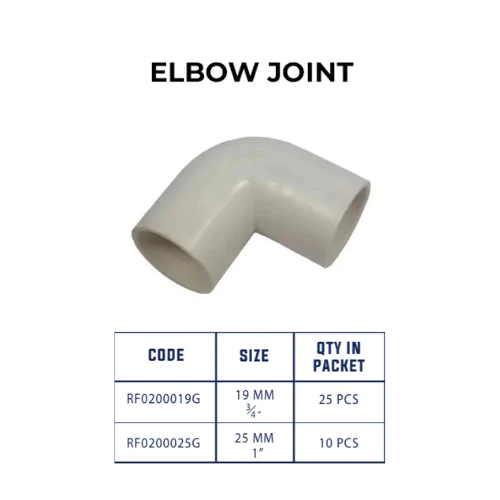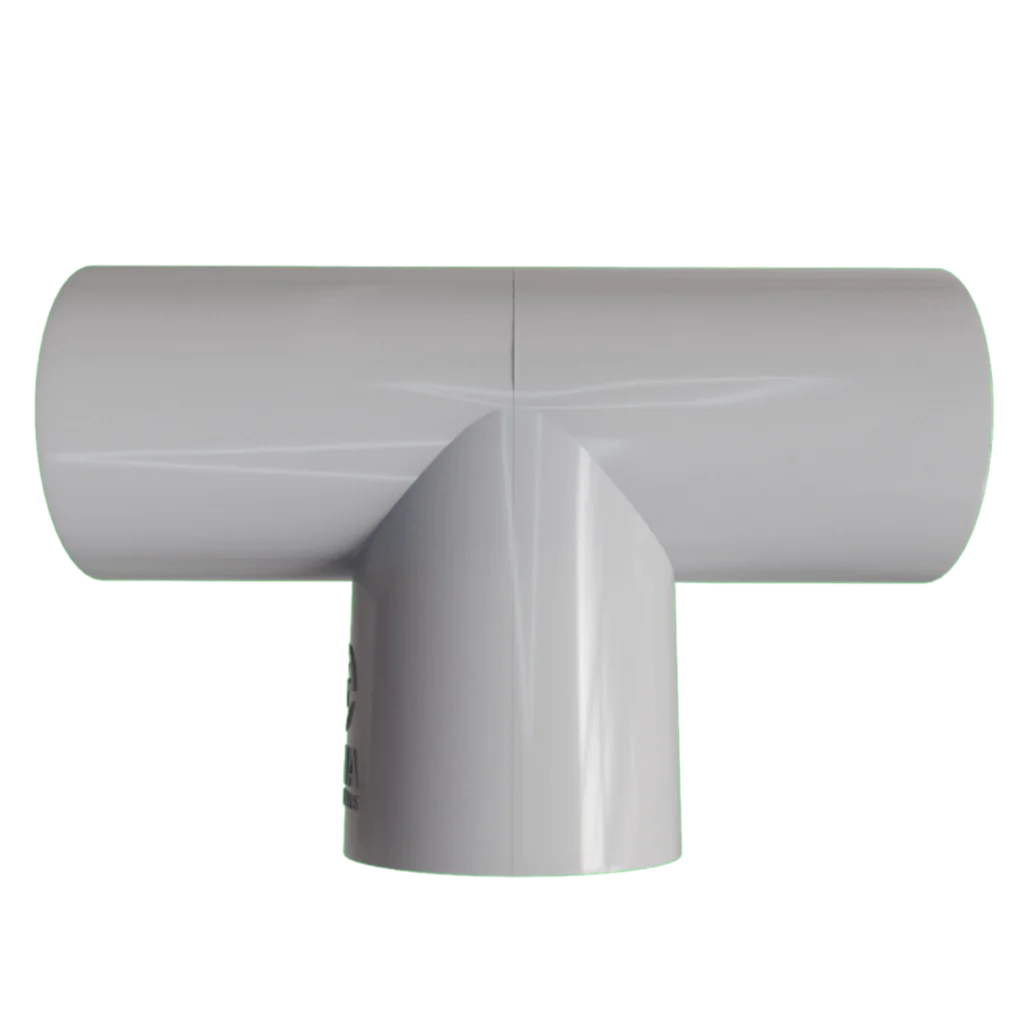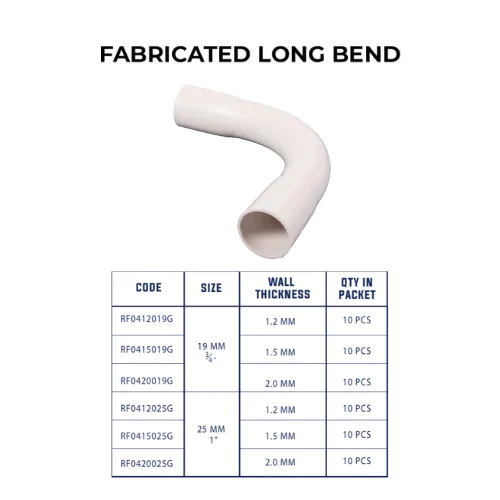PVC pipe joints are essential components in both plumbing and electrical conduit systems. They enable secure connections between pipes, creating versatile and durable frameworks across various industries. In this article, we’ll cover the benefits, applications, and best installation practices for PVC pipe joints, helping you get the most out of your projects.
Benefits of PVC Pipe Joints
PVC pipe couplings are perfect for both residential and business settings because of their many advantages. First of all, PVC joints are incredibly resilient to corrosion and environmental stress, which is particularly advantageous for outdoor installations. Additionally, PVC joints are lightweight and manageable, which cuts down on installation time and labor. PVC pipe joints are a safe option for electrical conduit work because of their well-known chemical resistance. Their longevity and affordability further contribute to their widespread use in industrial and construction settings.
Key Applications of PVC Pipe Joints
PVC pipe joints are essential for organizing and securing wiring in electrical conduit systems. In these setups, PVC joints connect various conduit sections, ensuring a continuous, protected pathway for electrical wiring. Their resistance to moisture, corrosion, and environmental stress makes them perfect for both indoor and outdoor electrical installations. With customizable shapes and sizes, PVC pipe joints can easily adapt to different configurations, supporting complex layouts in residential, commercial, and industrial electrical networks. Their versatility and durability make them a top choice for safe, organized wiring systems.
PVC joints are increasingly popular in industrial settings, where they provide reliable connections for transporting liquids and gases. Their easy customization means PVC joints can be adapted to different pipe sizes, angles, and configurations, allowing for tailored designs in complex systems.
Types of PVC Pipe Joints
Choosing the right type of PVC pipe joint is crucial for ensuring optimal performance and reliability in any electrical installation. Below are some of the most common types of PVC pipe joints, each serving a specific purpose:
- 1. Elbow Joints

Elbow joints are specifically designed to create directional changes within a piping system. The most common type of elbow joint creates a 90-degree angle, though other angles like 45 or 30 degrees are also available. These PVC pipe joints are essential for complex electrical systems where pipes need to bend around corners or obstacles. Elbow joints are also common in electrical conduits, where the wiring path requires flexibility without sharp bends that could damage the cables.
- 2. T-Joints

T-joints are widely used in electrical conduit systems to split wiring paths efficiently, allowing one main conduit to branch into two directions. Their T-shaped design supports organized branching, which is especially valuable for complex electrical layouts, such as networked conduit systems in industrial, commercial, and residential settings. T-joints can handle electrical wiring securely and help maintain system organization, making them essential for setups that require multiple wiring outlets, like data centers or structured office networks.

Long bend joints are essential fittings in electrical conduit systems designed to change the direction of conduit runs smoothly and gradually. With a larger radius curve compared to standard elbow joints, these fittings minimize flow resistance, helping to prevent issues like wire damage and pressure drops. Ideal for installations that require gentle directional changes, long bend joints contribute to the organization and safety of electrical systems, ensuring that wiring can navigate around obstacles without sharp bends that could compromise integrity.
Installation Tips for PVC Pipe Joints
Proper installation of PVC pipe joints is essential for achieving a secure, leak-free connection. Here are some practical tips:
- Preparation: Before installing PVC pipe joints, ensure the pipes and joints are clean and dry. Any debris or moisture can weaken the adhesive bond.
- Measurement: Measure and mark the PVC pipe sections before attaching them. This step helps prevent alignment issues with the PVC pipe joints.
- Applying Adhesive: Use the appropriate PVC cement for your PVC pipe joints. Apply the adhesive evenly around the outer edge of the pipe and inside the joint for a strong bond. PVC pipe joints should be pressed together quickly, as the cement dries fast.
- Allow for Curing Time: After connecting PVC joints, allow sufficient time for the cement to cure. This step ensures that the PVC pipe joints are firmly set and leak-proof.
- Avoid Over-Tightening: With threaded PVC pipe joints, avoid over-tightening as it can cause cracking. Gentle but firm tightening is usually sufficient to create a strong seal.
Conclusion
PVC pipe joints play a crucial role in creating safe, durable, and efficient piping and conduit systems. With the right pipe joints and installation techniques, you can build frameworks that are not only robust but also adaptable to various applications. Whether used in plumbing, electrical, or industrial setups, PVC joints provide unmatched benefits and flexibility, making them a staple in construction and maintenance projects.
Cama Electricals offers high-quality PVC joints, ensuring reliability in electrical systems. Their products stand out due to their durability, corrosion resistance, and adaptability for diverse applications, including residential, commercial, and industrial projects. With benefits like easy installation, lightweight design, and exceptional resistance to chemicals and environmental stress, Cama Electricals PVC pipe joints provide a dependable choice for secure connections in various settings.
Cama Electricals also prioritizes efficient installation with options like elbow, T-joints, long bends and many more catering to complex setups with smooth directional changes.

